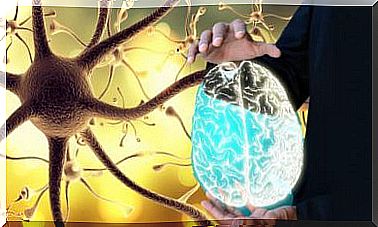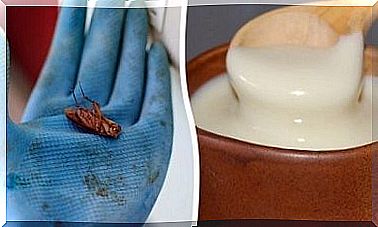What Can You See In A Urine Sample?

A urine sample is a test to make a diagnosis that health professionals use to detect different types of health problems. In this analysis, the professional evaluates the appearance, concentration and content of the urine.
The results may indicate the presence of a disease. Thereafter, healthcare professionals will confirm the diagnosis by other methods.
It is also important to mention that in itself a urine sample does not give a definitive diagnosis. A physician must actually interpret the implications of the results. These types of tests are performed to determine the presence of a disease, but also to prevent or monitor it.
A urine sample detects substances that the body is unable to hold on to or that it must excrete. With just 10 ml of urine, healthcare professionals can get evidence of a range of diseases. For example, diabetes, multiple myeloma and kidney failure.
When does a doctor ask for a urine sample?
Generally, a doctor may request a urine sample to:
- First, to evaluate the function of the kidneys. The concentration of urine can determine whether the kidneys are functioning properly or not.
- Second, detect bacteria. If a urinary tract infection is suspected, healthcare professionals ask for a urine sample to be able to detect the presence of bacteria and / or the exact type of bacteria present.
- In addition, track the presence of other substances. Under normal circumstances, some substances should not be present in urine. If they are, they could be a sign of a health problem.
- Lastly, assess the impact of certain diseases or drugs. The presence or level of some components can determine the extent to which a disease has improved or worsened or whether the medication has caused an unwanted side effect.

Types of urine samples
There are different types of urine samples, based on the procedure used by the professional and its purpose. The most common analyzes are the following:
- With the naked eye. This consists of visually analyzing the appearance of the urine by looking at it. The color, texture and smell provide important, yet incomplete, information.
- Test stix. This test consists of pouring a small amount of urine on a special stix that has some chemical components. These stix then respond to the presence of certain substances in urine and change color.
- Precipitation of urine. This is done in a laboratory and consists, first and foremost, of separating the liquid from the solid material in the urine. The latter is then examined under a microscope to determine if there are specific particles or cellular elements.
- Biochemical study. This test is also performed in a laboratory and gives a professional the opportunity to know if there are certain substances or elements that may indicate a disease. It is a more demanding analysis that health professionals perform with special biochemical techniques.
- Microbiological study. This test is able to determine if there is an infection and name the bacterium that is causing it.
Results from a urine sample

In principle, health professionals will typically make a general assessment of the urine in order to detect unusual traits. Normal urine is transparent and does not smell too strong. Therefore, when it is gritty or has a very strong odor, something may be wrong.
What comes next is a test with a stix. When health professionals get a bit of urine on a stix, it does not change color if the urine is normal. It changes color if there is a substance that should not be there.
This device can track:
- First, acid and pH. If it is abnormal, it may be a sign of problems with the urinary tract or kidneys.
- Concentration. Highly concentrated urine can be a symptom of dehydration.
- Protein. High levels of protein are signs of kidney problems.
- Glucose. If the urine contains glucose, it may be a sign of diabetes.
- Ketone bodies. It also indicates diabetes, especially with decompensations that can be serious.
- Bilirubin. The presence of this substance indicates the possibility of liver disease or liver damage.
- Blood. It may be a sign of an infection, kidney damage, kidney stones or cancer of the kidneys or bladder. It is a sign that needs further examination in order to make a diagnosis.
- As the latter, nitrites or leukocyte esterase. Signs of an infection.
The presence of some components in urine requires further analyzes in the laboratory, such as precipitation analysis, biochemical study or microbiological study. The health professionals will decide the next steps.
It is essential that you follow your doctor’s instructions and avoid skipping steps, as well as that you go to your doctor if you have any symptoms associated with urination and urination.









